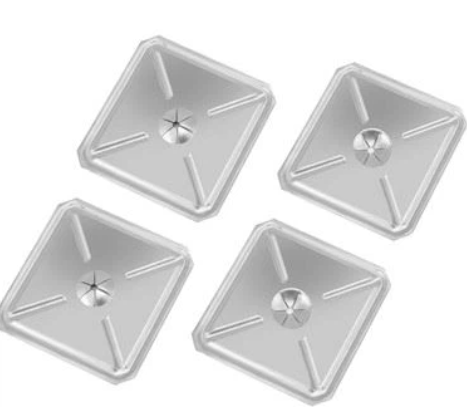Stability of inline pin connectors
Author: admin Date: 2024-08-08 17:53:17 Category: INDUSTRY NEWS
In the world of electronic devices, inline pins play the role of unsung heroes. They serve as a bridge between the circuit board and external devices, ensuring stable transmission of current and signals. Direct insertion pins have become the preferred choice for engineers due to their simple and reliable characteristics.
The design of inline pins may seem simple, but it actually contains precise scientific principles. They are usually made of metal conductive materials, such as tin plated copper or iron, to ensure good conductivity. The shape and size of the pins need to be accurately calculated to meet the aperture on the circuit board and be firmly fixed in place to prevent loosening caused by vibration or external forces.

The advantage of inline pins is their stability. Due to the direct insertion of pins into the holes on the circuit board, a solid mechanical connection is established with the circuit board, allowing for good electrical connection even in harsh environments such as high temperatures and vibrations. This is particularly important for industrial and aerospace applications that require high reliability.
However, plug-in pins also have their limitations. With the development of electronic products towards smaller and lighter sizes, traditional inline pins may not be able to meet the needs of miniaturization. In addition, manual insertion and removal of pins require high skills and time costs, which has led to the development of surface mount technology.
Overall, inline pins are an indispensable part of the field of electronic engineering. They provide a solid foundation for our technological life and are our trusted connecting experts.